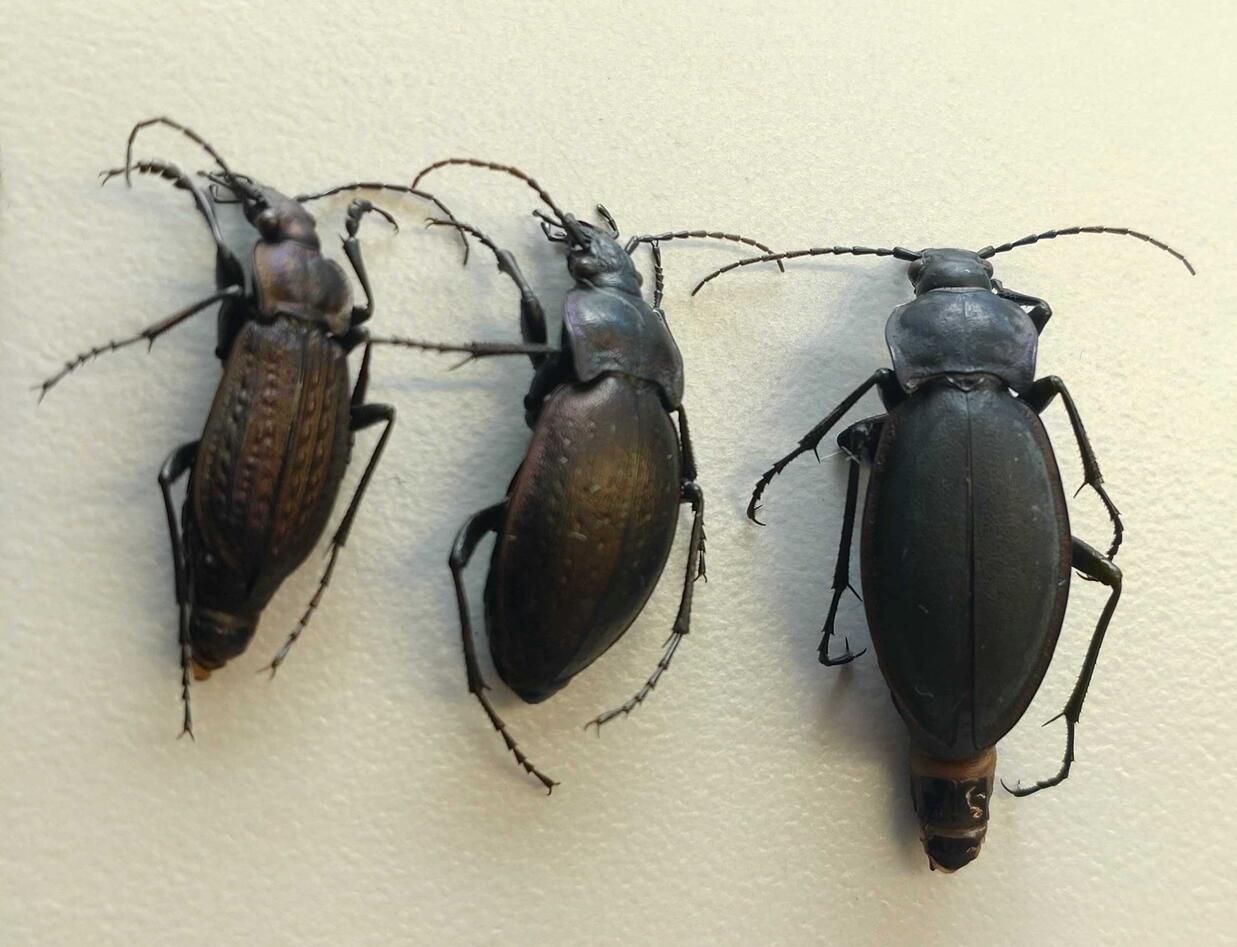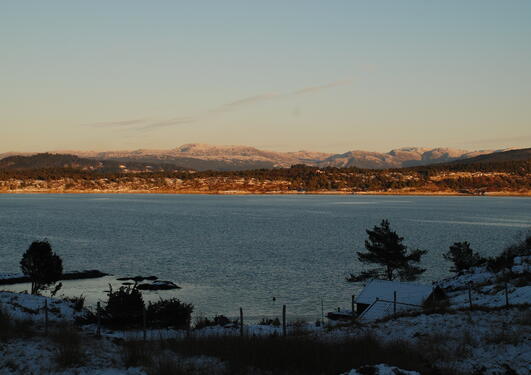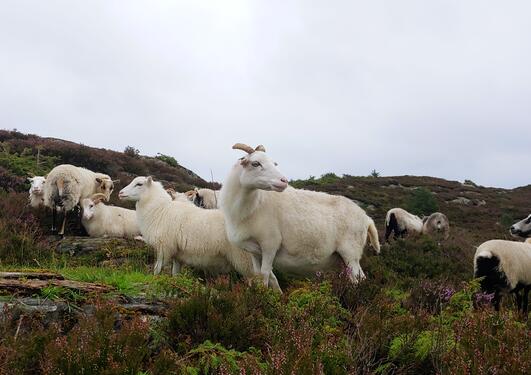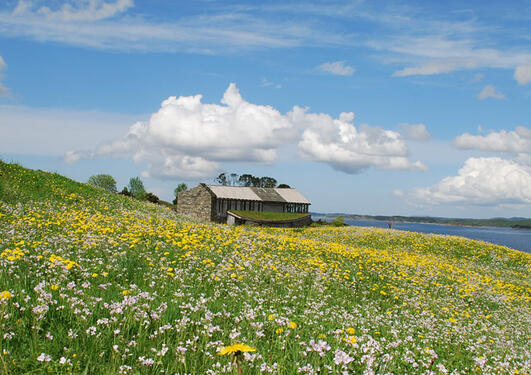Beetles in Traditionally Burned Heathlands
Morgane Kerdoncuff has investigated the effect of prescribed burning on beetle diversity in coastal heathlands by comparing active beetle assemblages between newly burned patches and patches of mature stands. The study was recently published in Biodiversity and Conservation, and is part of Morgane's PhD thesis on the TradMod-project.
Main content
Why study beetles in heathlands?
In Norway, it has been tradition to manage coastal heathlands by prescribed burning to improve fodder quality for livestock. Burning will of course change the habitats by removing vegetation, disrupting soil and soil organisms. Many studies have been done on the effect of burning on heathland vegetation and successional dynamics, but fewer studies have explored the recolonisation of burned patches by arthropods.
What did we do in this project?
Beetles were sampled from a fire-managed heathland on the island Hopsøyni in Øygarden municipality in 2019. They were collected using pitfall traps that were set up both in areas with pioneer heather (burned 0.5-1.5 months before sampling) and in areas with mature heather which has not been burned in at least 50 years. Pitfall traps are little plastic cups that are dug into the soil, so that the opening of the cup is levelled with the ground. The cup is filled with a salt-saturated solution, to preserve any insects falling into it. The trap is also covered with a roof to avoid precipitation, and trampling by grazing sheep.
Beetles were collected from the traps once a week during two sampling periods; early and mid-summer. They were brought to the lab, where they were identified.
What did we find out?
As could be expected, sun-loving species that thrive in dry conditions were more active in the pioneer heath, which is more dry and less sheltered by vegetation after burning. In the mature, more damp and litter-rich heath, a majority of strictly moisture-loving species were found. However, some species appeared more frequent in other patches than what would have been expected based on their assumed ecological preference. These contradictions highlight the need to consider several ecological preferences and traits when assessing arthropod responses to disturbance
Species found to be exclusive to the pioneer stands were most likely already present in the area prior to fire, as suitable conditions for these species can be found on exposed bedrocks on ridges in the heathland. Controlled, small-scale burning will facilitate specialist beetle activity by increasing the area and number of dry and exposed micro-habitats.
Based on this study, new indicator species were found for both mature and pioneer heath (see figure 1).

Figure 1. Indicator species for burnt heathland and mature heathland (control) with their individual phi and IndVal indicator values.
Want to know more?
The full extent of this study can be read in the article Traditional prescribed burning of coastal heathland provides niches for xerophilous and sun-loving beetles here in Biodiversity and Conservation.







